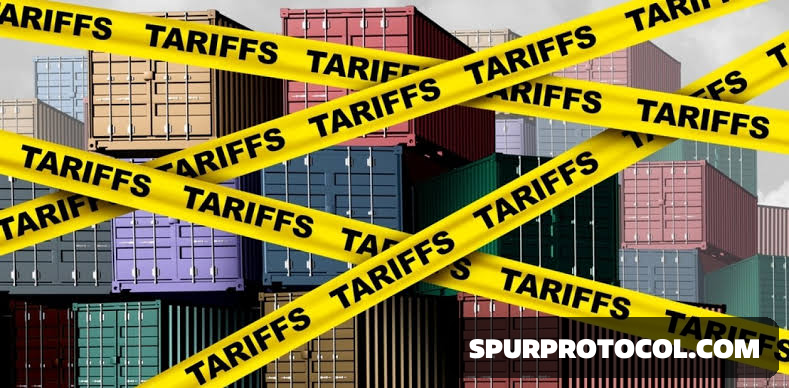How Can Tariffs Impact The Crypto Market
Tariffs are taxes that governments put on imported goods. The idea is to make foreign products more expensive so that local businesses can compete better.
Go Back

🕒 7:26 PM
📅 May 05, 2025
✍️ By Ecojames
- While tariffs mainly target goods and services, their effects go far beyond that. They can shake up investor confidence, drive up mining costs, and even push more people toward digital assets.
-Trade policies can certainly influence how people invest, where companies do business, and even what kinds of currency people trust.
-In the short term, increased uncertainty can lead to price drops as investors move away from risky assets. In the medium and long term, there is a possibility of Bitcoin becoming more attractive as a “store of value” asset.
Advantages and Limitations of Tariff Impacts
The impact of tariffs on crypto markets has a dual nature.:
1.)On the positive side, long-term economic uncertainty from tariffs may enhance crypto’s role as a hedge, particularly in countries facing currency devaluation, where residents might turn to crypto to preserve value.
2.)In the short term, tariffs often have a negative effect, increasing market volatility as investors sell off high-risk assets amid uncertainty, leading to market dips. Moreover, the impact varies by region and policy implementation, making long-term outcomes hard to predict accurately.
Use Cases of Tariff Impacts in Crypto Markets
Tariff effects on crypto markets manifest in various scenarios:
1.) In DeFi, market volatility may disrupt liquidity pools and lending protocols, with investors leaning toward stablecoins to mitigate risk.
2.) In the mining sector, tariffs can drive up equipment costs, impacting profitability and network security.
3.)Additionally, tariffs may encourage some nations to adopt crypto for trade settlements to bypass currency fluctuations caused by tariffs, boosting crypto’s use in cross-border payments.
